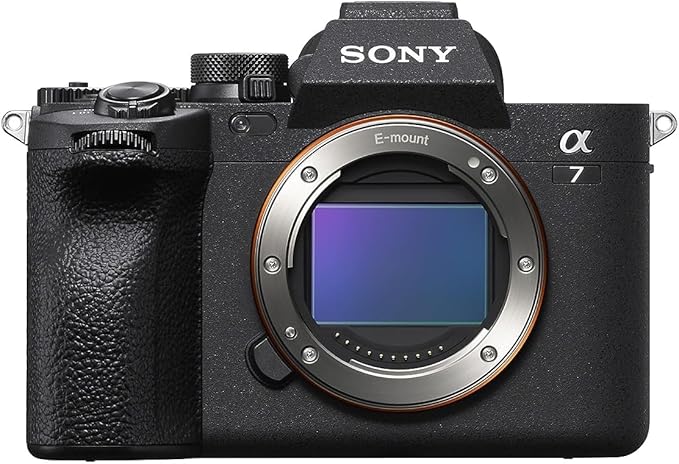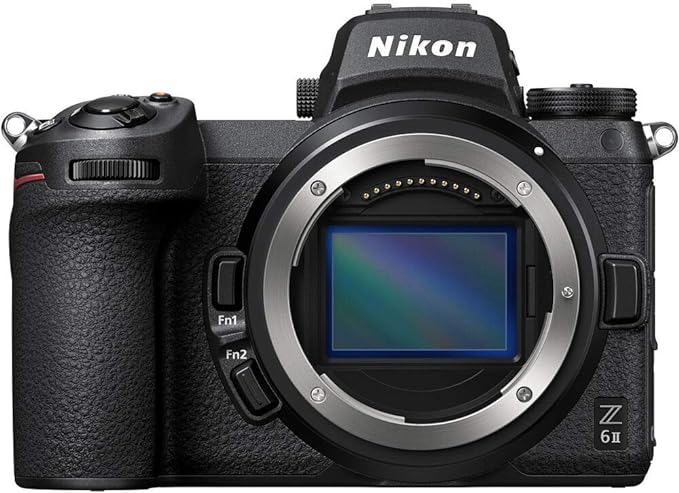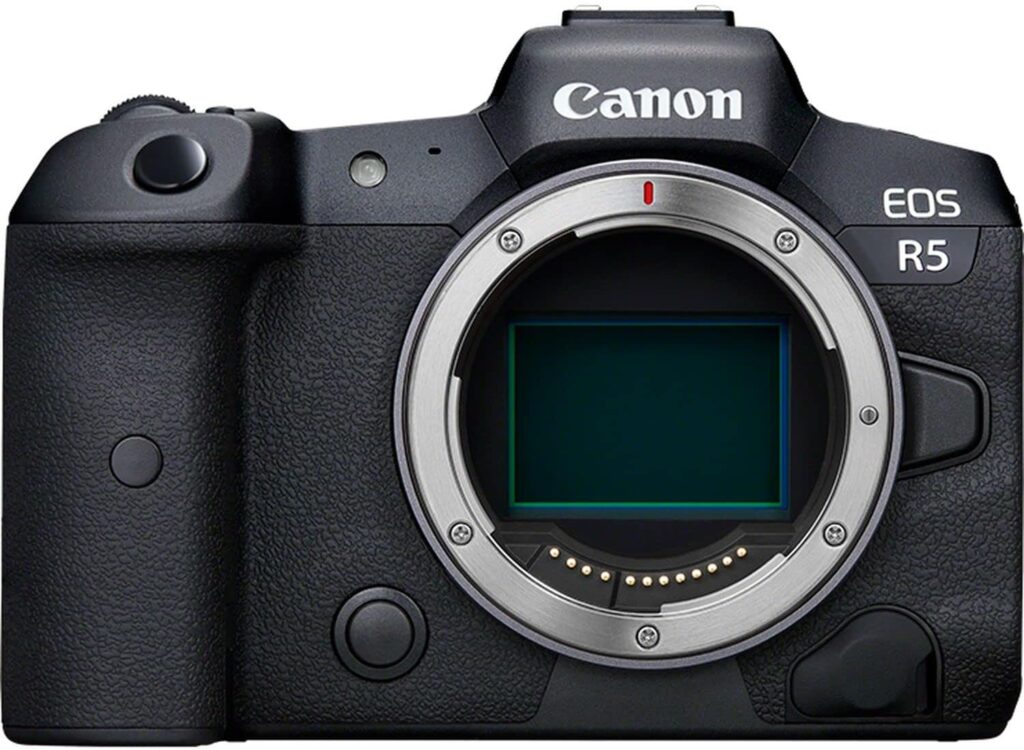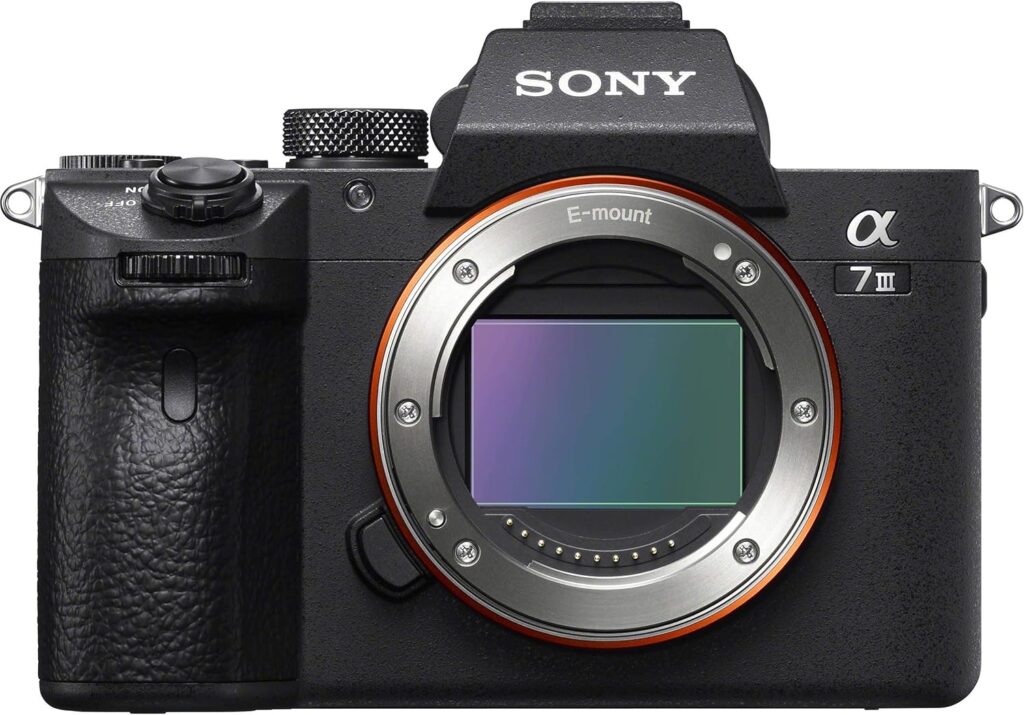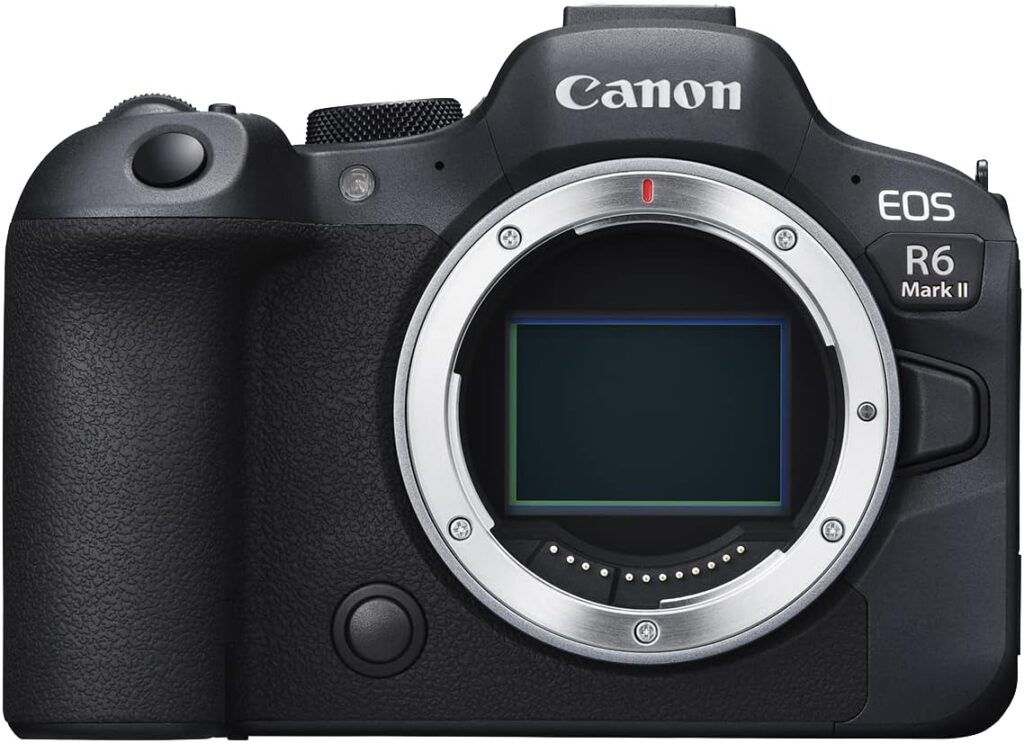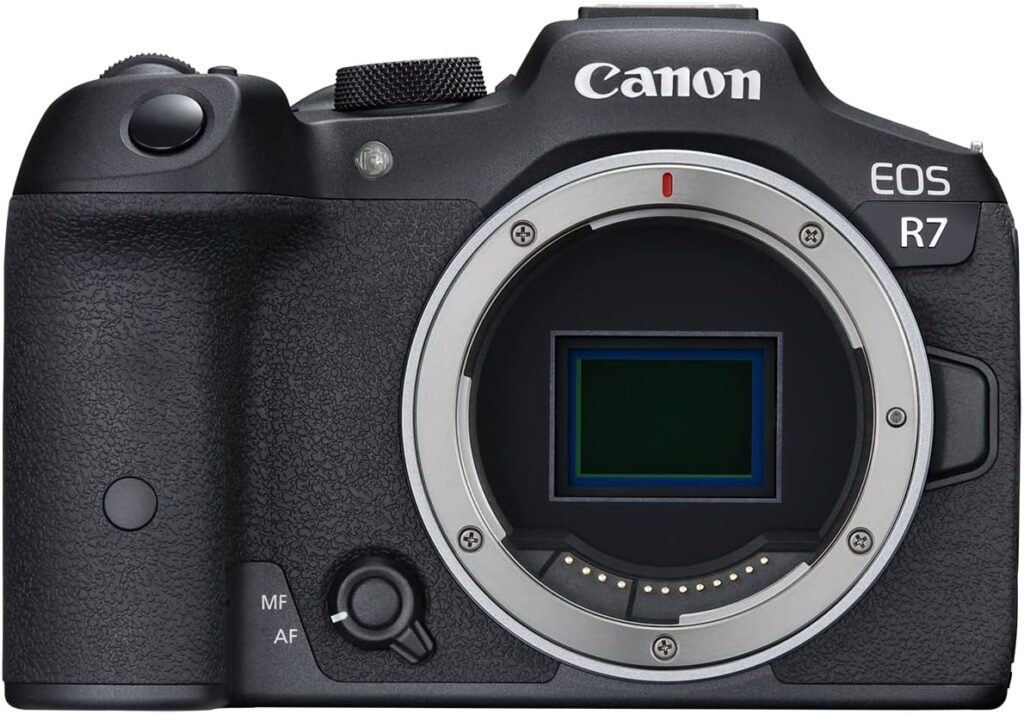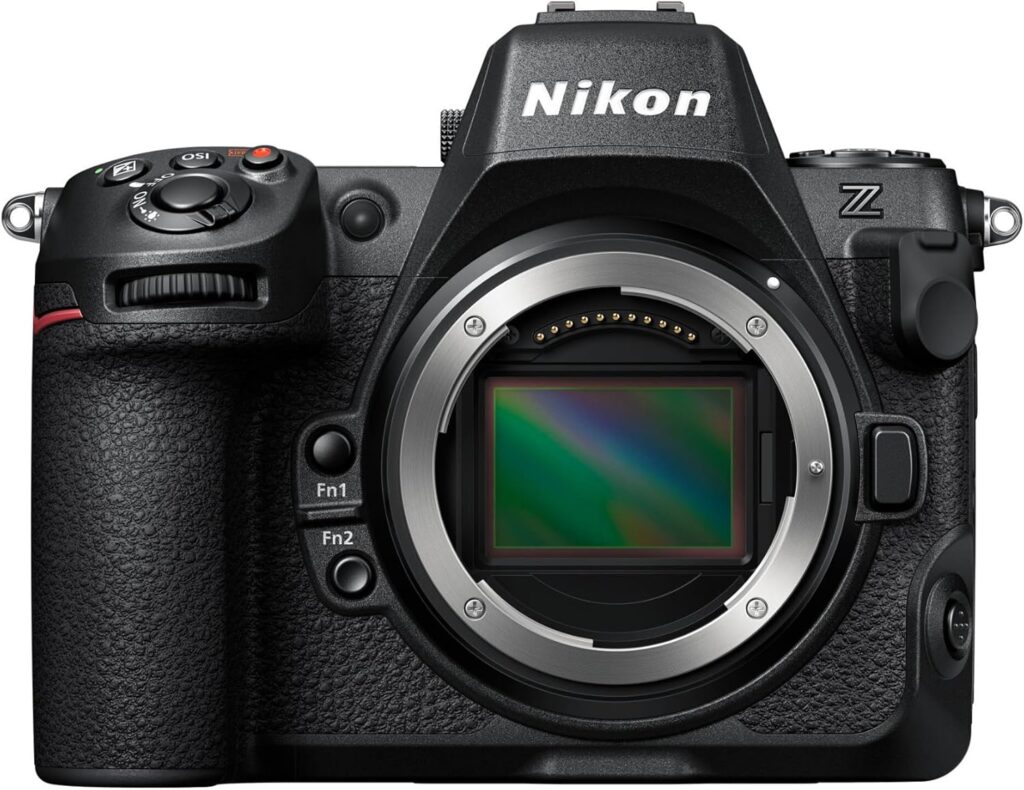CHey there! Shopping for a wedding camera? Pull up a chair – let’s skip the technical jargon and talk about what actually matters on a wedding day. Because between us? The most expensive camera won’t help if it fails you during the first dance.
Every wedding throws curveballs at you – dark churches, blinding sun, emotional ceremonies, and crazy receptions. You need a camera that just works. One that doesn’t make you second-guess yourself when a father sees his daughter in her dress for the first time, or when the light is perfect but you’ve got 2 minutes to nail those couple portraits.
In this comprehensive professional guide, we’ll break down the 8 best cameras for wedding photography in 2025, covering both DSLR and mirrorless options. We’ve carefully evaluated each camera based on real-world wedding scenarios to help you make an informed decision for your photography business. Whether you’re looking to start your wedding photography business or just looking to upgrade your gear in 2025, this guide will help. No BS, no fluff – just real talk about cameras that can handle whatever a wedding day throws at them. Let’s get started!
Table of Contents
Top 8 Cameras for Wedding Photography in 2025
Best Overall: Sony A7 IV
The Details:
Let’s break down why this camera is worth considering: It packs a 33-megapixel sensor, which gives you plenty of room to crop in post when you need to adjust those family formal compositions. But what really matters on a wedding day is how it performs under pressure. The autofocus tracking is impressive – imagine never missing a first kiss because your camera kept the couple in perfect focus even as they moved.
The Good & The Bad:
When the sun goes down and you’re shooting that reception, this is where the A7 IV really shows its worth. The low-light performance means you can capture those dance floor moments without cranking your ISO so high that the images look like they were shot through a sandstorm. Plus, the silent shutter mode lets you snap away during those quiet ceremony moments without sounding like a paparazzi photographer.
However, there is one notable drawback – the rolling shutter effect can be pretty noticeable when panning quickly, which might affect those dramatic reception entrance shots or energetic dance floor moments.
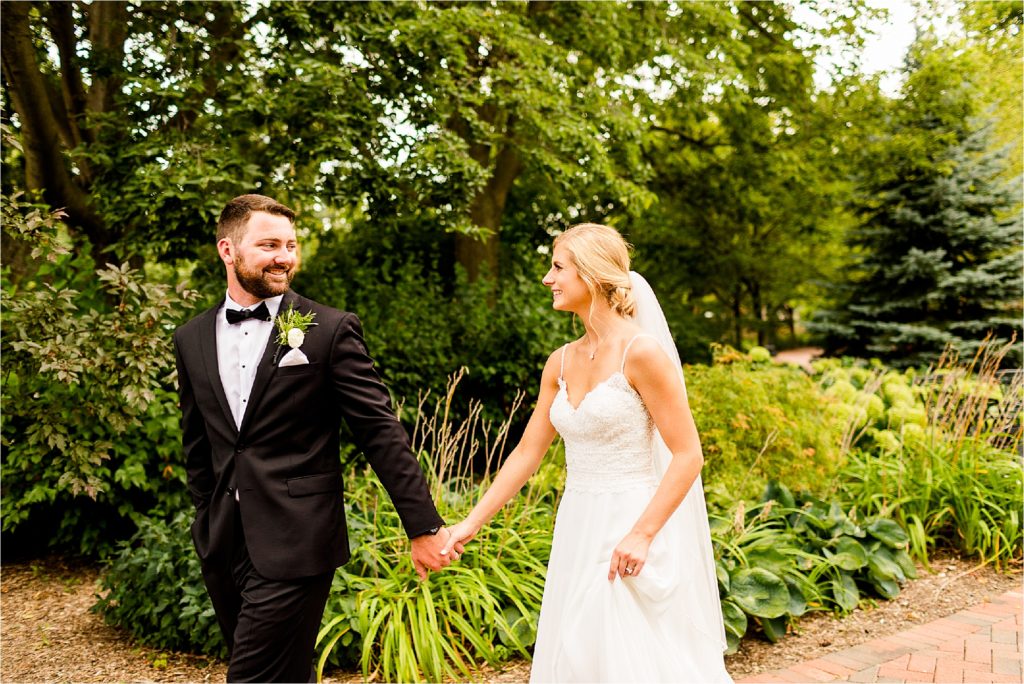
Video & Battery Life:
For those wedding photographers who also offer video coverage (which more and more couples are requesting), this camera handles both photos and videos like a champ. You can shoot 4K video that looks fantastic, and the dual memory card slots mean you’ve got backup covered – because explaining to a couple that you lost their images due to a card failure is a conversation none of us ever want to have.
The battery life will get you through most wedding days, though we always recommend having backups because running out of power during the first dance isn’t an option. The tilting screen is a game-changer for those overhead dance floor shots or low-angle ceremony moments when you need to be discreet.
Conclusion:
While it might not be the most expensive camera on the market, it delivers professional results that will satisfy both you and your couples.
Best Value: Nikon Z6 II
The Details:
At 24.5 megapixels, the Z6 II hits a sweet spot that many wedding photographers appreciate – enough resolution to give you cropping flexibility while keeping file sizes manageable during those marathon wedding days. The improved buffer capacity means you can shoot longer bursts without the camera slowing down, perfect for capturing those unpredictable reception moments.
The dual card slot setup (CFexpress/XQD and SD) addresses one of the biggest complaints about the original Z6, giving you the backup security that’s non-negotiable for wedding photography. However, be prepared for the cost of CFexpress cards – they’re not exactly budget-friendly, and you’ll want several for a full wedding day.
The Good & The Bad:
One area where this camera really shines is its handling. If you’re coming from a Nikon DSLR, the ergonomics will feel familiar, though the mirrorless design makes it noticeably lighter – your shoulders will thank you after an 8-hour wedding day. The build quality feels solid, and the weather sealing gives you confidence when shooting outdoor ceremonies in unpredictable weather.
There is a notable quirk though – the autofocus system, while good, can sometimes hunt in really low-light situations, especially compared to some competitors. We’ve heard from photographers who’ve had to rely more on their AF assist beam during dark receptions than they’d like.
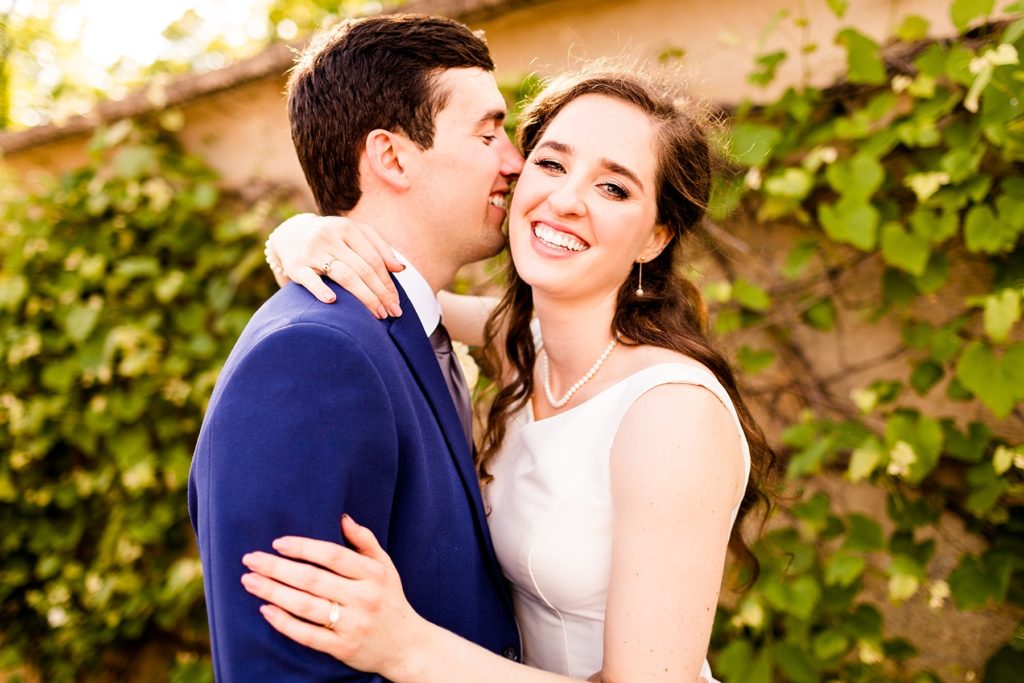
Video & Battery Life:
The video capabilities make it a viable hybrid shooter, offering 4K UHD that’s more than capable of handling ceremony and reception footage. The full-pixel readout means your video quality won’t take a hit, though you’ll want to keep an eye on your battery life when switching between photo and video throughout the day.
Speaking of battery life – while it’s improved from the original Z6, it still doesn’t quite match what you might be used to from DSLRs. Plan on carrying 3-4 batteries for a full wedding day, especially if you’re shooting both stills and video.
Conclusion:
For photographers just starting their wedding business or looking for a solid backup body, the Z6 II offers a lot of value. It combines professional features with a more approachable price point compared to flagship models, though you’ll need to factor in the cost of new Z-mount lenses if you’re switching from an F-mount system.
Best for Hybrid Shooters: Canon EOS R5
The Details:
If you’re familiar with the 5D Mark IV’s layout and color science, you’ll feel right at home – but with some seriously upgraded capabilities.
Let’s get real about what makes this camera special: The 45-megapixel sensor is a significant jump in resolution, giving you incredible flexibility for cropping those family formals or capturing the finest details in wedding dresses. The autofocus system is almost supernatural – it’s like Canon took everything great about Dual Pixel AF and turned it up to eleven, with eye-tracking that sticks to your subject like glue.
The low-light performance is where this camera really earns its keep. With an ISO range expandable to 102,400 and improved noise handling, you can confidently shoot in those dimly lit churches or during candle-lit receptions without sacrificing image quality. The DIGIC X processor helps maintain those rich Canon colors that clients love, even in challenging lighting conditions.
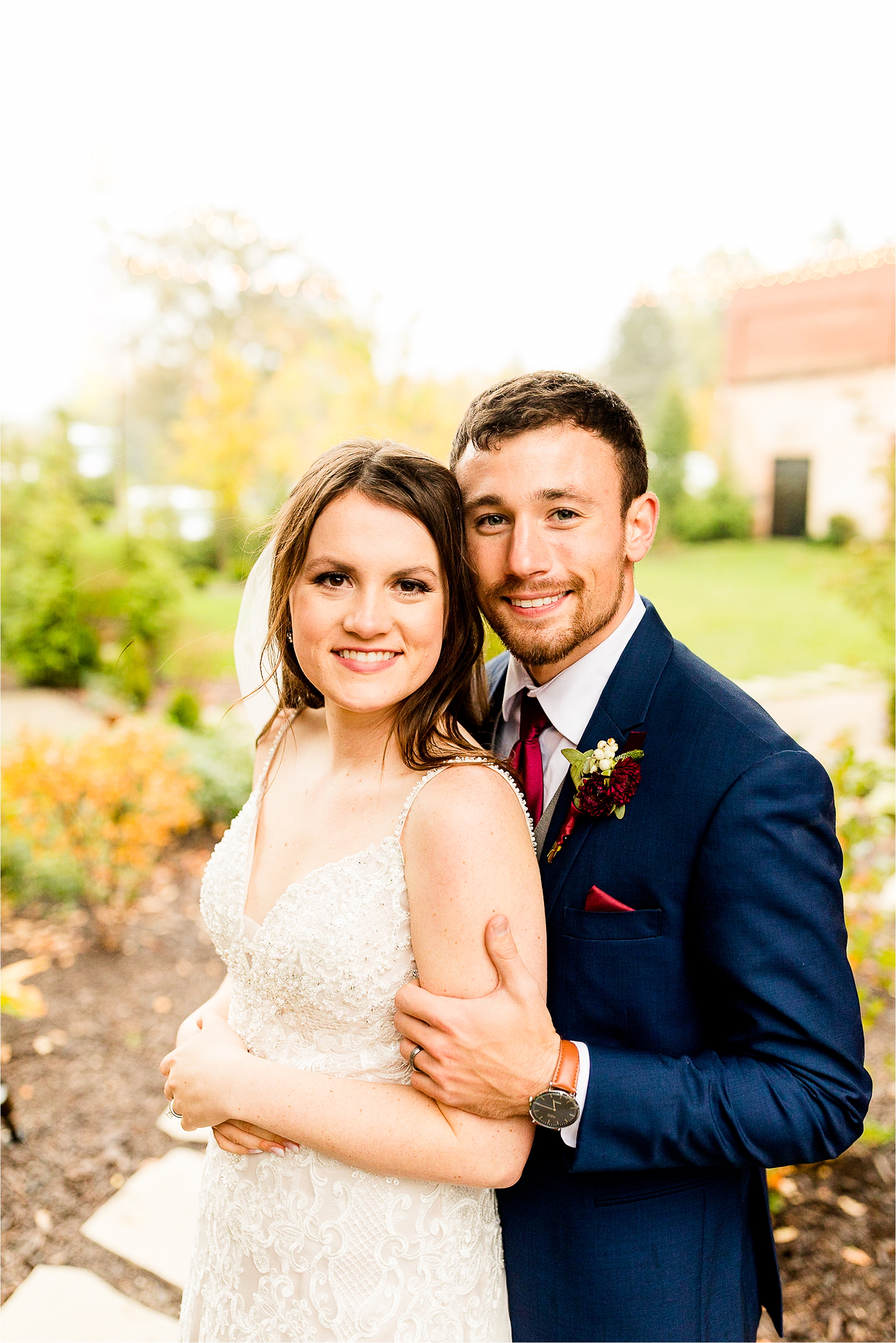
The Good & The Bad:
For photographers who shoot in any weather (because wedding days don’t wait for perfect conditions), the weather sealing on the R5 provides solid peace of mind. We’ve heard from photographers who’ve successfully shot through light rain and humid conditions without issues – though as with any camera, it’s still wise to be cautious in extreme conditions.
The versatility of this camera is impressive – from intimate church ceremonies to sprawling outdoor celebrations, it handles everything you throw at it. The customizable controls let you set up the camera to match your shooting style, though some photographers mention it takes a few weddings to really dial in their preferred button layout.
However, there’s one thing that makes some photographers hesitate – heat management during video recording. While the 8K video capability sounds impressive on paper, in real-world wedding scenarios, you’ll need to carefully manage your recording times and have backup plans for those longer ceremonies.
Conclusion:
For Canon shooters considering the move to mirrorless, the R5 makes a compelling case. Yes, it’s a significant investment, but the combination of high resolution, outstanding autofocus, and familiar Canon ergonomics makes it a powerful tool for wedding photography.
Sony A7R V
The Details:
Let’s talk about what makes this camera special: It’s packing a massive 61-megapixel sensor, which means you can capture every single thread in that handmade wedding dress or every petal in those carefully crafted centerpieces. For those inevitable moments when you need to crop in tight during post-processing, you’ve got plenty of resolution to work with.
The autofocus system on this camera is like having an extra set of eyes. With 693 focus points covering 79% of the frame, it’s smart enough to track not just the couple, but also can keep up with eager flower girls, dancing grandparents, or even the family pets that are part of the wedding party. Even in those romantic dimly-lit venues, the camera keeps performing with impressive low-light sensitivity down to -4 EV – think candlelit ceremonies or sunset portraits.
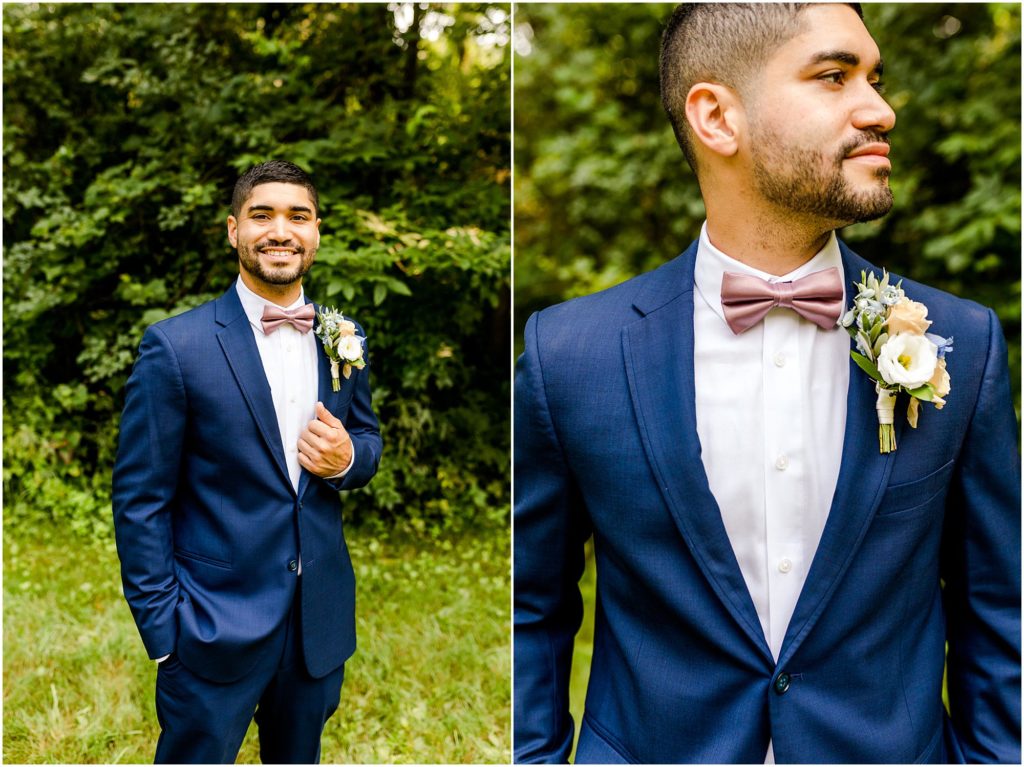
The Good & The Bad:
One feature that particularly stands out for wedding work is the AI-based subject recognition. Imagine your camera automatically recognizing and tracking the bride’s face as she walks down the aisle, even if she turns her head or is partially blocked by her bouquet. That’s the kind of reliability we need during those can’t-miss moments.
Here’s the elephant in the room though – those massive 61MP files will fill up storage cards faster than a videographer fills up a dance floor. We’ve heard from photographers who had to completely revamp their storage solutions after switching to this body. And let’s talk about price – this isn’t just an investment, it’s a significant chunk of your gear budget that could alternatively buy you some premium glass or a solid second body.
Video & Battery Life:
For the photographers who offer video packages, this camera doesn’t disappoint. It can handle 8K video at 24fps, giving you incredibly detailed footage for those wedding films. The dual card slots (supporting both CFexpress Type A and SD cards) provide that essential backup security that every wedding photographer needs.
Conclusion:
Whether you’re shooting outdoor ceremonies in harsh sunlight or dimly lit reception venues, the A7R V’s dynamic range helps maintain those important highlight and shadow details. The weather sealing is also a huge plus – because we all know wedding days don’t always come with perfect weather, and having gear that can handle a surprise shower during outdoor portraits is essential.
Sony A7 III
The Details:
The real magic of this camera shows up in its versatility. With a dynamic range of 15 stops, you can confidently shoot everything from a backlit ceremony to a dimly lit first dance without losing details in the highlights or shadows. When you’re dealing with tricky lighting situations (and let’s be honest, what wedding doesn’t have those?), the ISO range of 50-204,800 gives you plenty of flexibility.
Wedding days move fast, and this camera keeps up. Being able to shoot up to 10 frames per second with either silent or mechanical shutter means you won’t miss those split-second moments – like the ring exchange or that surprise guest appearance. The 93% image coverage ensures you’re capturing nearly everything in your frame, which is crucial during those unpredictable reception moments.
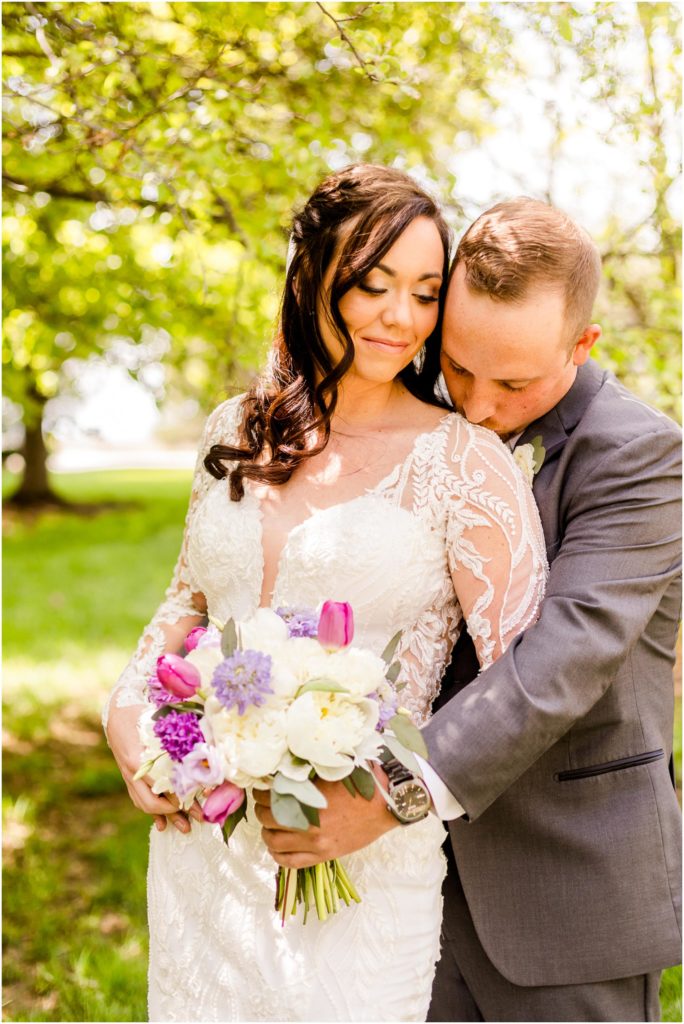
The Good & The Bad:
One practical feature that working photographers will appreciate is the dual SD card slots. Having instant backup during a wedding isn’t just nice – it’s necessary. The battery life is notably reliable, often lasting through entire wedding days, though we always recommend carrying spares because Murphy’s Law loves weddings.
One quirk worth mentioning – the menu system isn’t exactly user-friendly. If you’re switching from Canon or Nikon, expect to spend some quality time getting familiar with Sony’s somewhat confusing menu layout.
Video:
For photographers who offer video services, the A7 III’s capabilities hit a sweet spot. It handles 4K recording at 30fps for those cinematic ceremony shots, while the ability to shoot 1080p at 120fps lets you create gorgeous slow-motion footage of everything from the first kiss to the bouquet toss. The S-Log3 gamma gives you plenty of flexibility in post-production color grading.
Conclusion:
For those looking to step up their wedding photography game or add a reliable second body to their kit, the A7 III offers an impressive balance of features and value.
Canon EOS R6 II
The Details:
With a 24.2-megapixel sensor, the R6 II hits that sweet spot between file size and image quality. While it might not have the massive resolution of its bigger sibling, the R5, its lower megapixel count actually gives it an advantage in low-light situations – think candlelit ceremonies or those reception venues where the DJ thinks one small light is enough for the whole room.
The dual card slots support both high-speed SD cards – a practical feature that gives us the backup security we need when shooting once-in-a-lifetime moments. The image stabilization is impressive too, letting you shoot at slower shutter speeds when necessary, though we’ve heard from some photographers that it can occasionally produce slightly soft images when pushing the limits.
The Good & The Bad:
The autofocus system deserves special mention – it’s scary good at tracking faces and eyes, even in dim lighting conditions. However, some photographers have mentioned it can occasionally hunt in extremely low-light situations, so having good glass with wide apertures is still important.
Here’s where this camera really shines – it can shoot up to 40 frames per second in electronic shutter mode. That’s basically like having video-level coverage of key moments like the bouquet toss or first kiss. However, there is a catch – some photographers have reported noticeable rolling shutter effects when using the electronic shutter at high speeds, so you’ll want to test this feature before relying on it for critical moments.
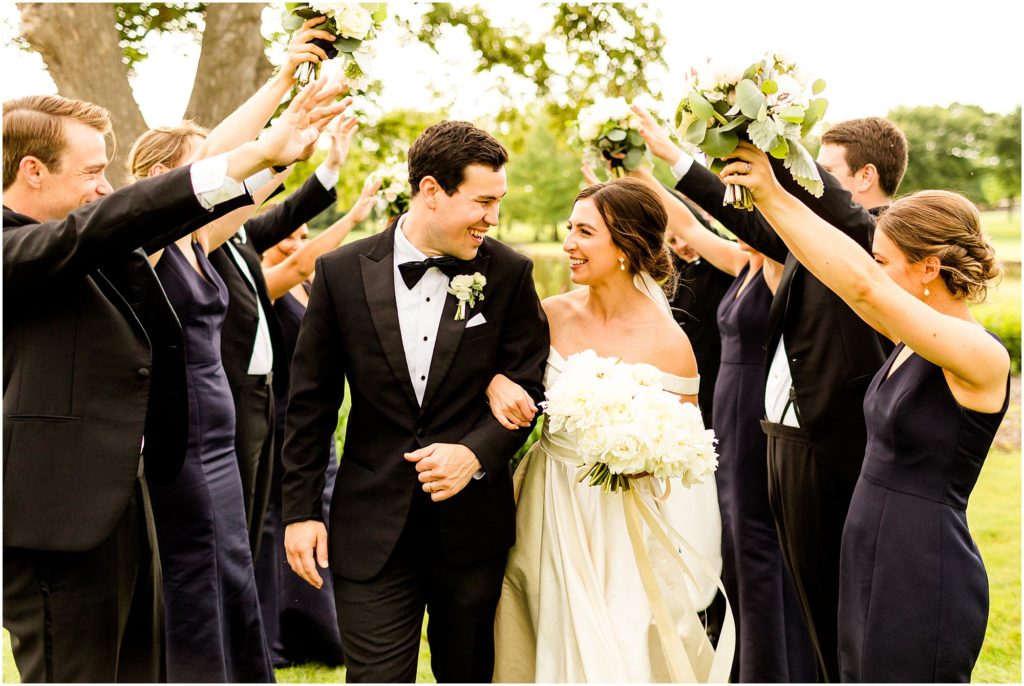
Video & Battery Life:
For video shooters, the 6K oversampled 4K at 60fps is more than enough for wedding coverage, and unlike the R5, heat management isn’t as much of an issue here. The addition of 5GHz WiFi is also handy for quick transfers to your phone for social media previews during the reception.
One feature that’s particularly noteworthy for wedding work is the improved battery life. You can typically get through a full wedding day on two batteries, though as always, we recommend carrying extras because wedding days are long and full of surprises.
Conclusion:
Bottom line? The R6 II proves itself as a worthy contender in the wedding photography world, especially for those who prioritize low-light performance and reliable autofocus over ultra-high resolution. Just be prepared for a learning curve if you’re coming from a DSLR system – the mirrorless way of shooting takes some getting used to.
Canon EOS R7
The Details:
From our research and conversations with photographers who shoot hybrid camera systems, the Canon EOS R7 challenges a lot of preconceptions about crop sensor cameras. It’s quickly becoming a favorite backup camera or second shooter option that won’t make you feel like you’re compromising on quality.
Yes, it’s a crop sensor camera. But with its 32.5-megapixel APS-C sensor, the R7 actually brings some unique advantages to wedding photography. That crop factor can be a blessing when you need extra reach during ceremonies where you can’t get as close as you’d like (we’re looking at you, strict church coordinators).
The speed of this camera is where it really surprises – 15 fps with the mechanical shutter and a blazing 30 fps with the electronic shutter. Though here’s a heads-up: that electronic shutter can produce some rolling shutter effects in certain situations, so you’ll want to be mindful when capturing quick movements like the bouquet toss.
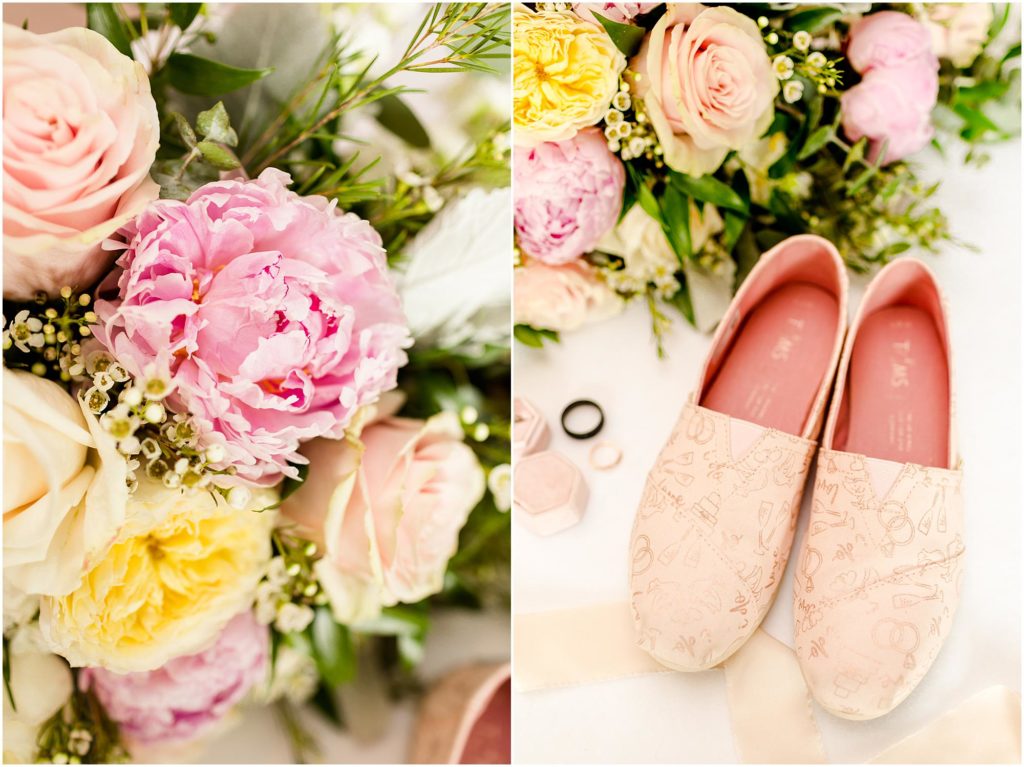
The Good & The Bad:
One feature that’s particularly impressive is the 5-axis in-body image stabilization combined with auto-level technology. This means sharper images when shooting at slower shutter speeds, though we’ve found it’s still wise not to push your luck too far during critical moments.
Where some photographers might feel the pinch is with wide-angle shots, particularly during those tight getting-ready rooms or packed dance floors. You’ll need to think about your lens choices carefully to compensate for the crop factor. But for everything else – especially when you need that extra reach – the R7 proves that sensor size isn’t everything.
There is a trade-off worth mentioning – the crop sensor does mean you’ll need to work a bit harder in low-light situations compared to full-frame cameras. While the high ISO performance is impressive for a crop sensor, you might notice more noise creeping in during those dimly lit receptions when pushing above ISO 6400.
Video:
For video coverage, the R7 handles 4K recording like a champ, making it a solid option for capturing ceremony moments or reception highlights. The autofocus tracking is surprisingly robust – it’ll stick to your subjects like glue, whether they’re walking down the aisle or tearing up the dance floor.
Conclusion:
While we wouldn’t necessarily recommend it as your primary wedding camera, the R7 makes a compelling case as a backup body or second shooter camera. It offers professional-level features and image quality at a price point that won’t make you wince, making it a smart addition to your wedding photography kit.
Nikon Z8
The Details:
Let’s cut to the chase about what makes this camera special: The stacked CMOS sensor paired with the EXPEED 7 processor isn’t just marketing jargon – it translates to lightning-fast performance that wedding photographers can actually use. The autofocus system with its deep learning technology can nail focus in lighting conditions that would make other cameras throw in the towel (-9 EV is basically like focusing in a dark closet).
The 3D tracking is particularly impressive for those unpredictable wedding moments – think hyperactive flower girls or that uncle who thinks he’s a breakdancer at the reception. However, we’ve heard from some photographers that the face detection, while good, can occasionally get confused when multiple people are in frame during crowded dance floor shots.
The Good & The Bad:
One aspect that really stands out is the value proposition. While it’s not officially labeled as Nikon’s flagship model, it packs features that compete with cameras costing significantly more. However, if you’re switching systems, remember to factor in the cost of quality Z-mount lenses – great glass is just as important as a great body.
The versatility of this camera really shines in real-world wedding scenarios. Whether you’re shooting a sun-drenched beach ceremony or a candlelit chapel service, the Z8 handles both with confidence. Just keep in mind that with all these features, there’s a bit of a battery drain – you’ll want to keep extras on
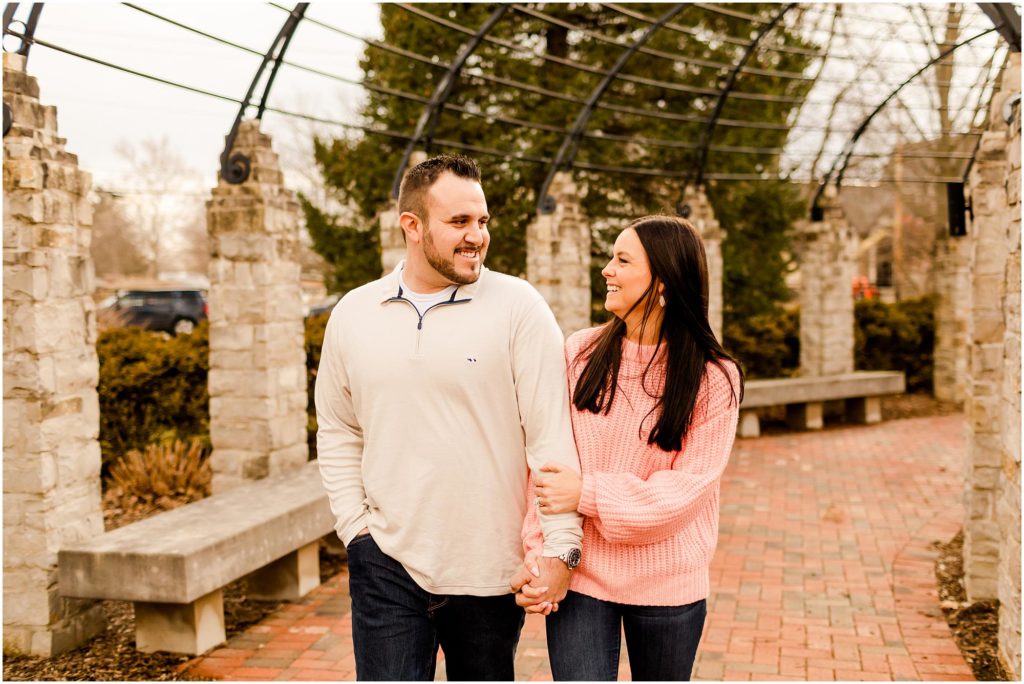
But here’s the reality check – all this cutting-edge technology comes with a learning curve. Some photographers have reported that the menu system, while comprehensive, can be overwhelming at first. You’ll want to spend some quality time with this camera before taking it to your first wedding.hand for those longer wedding days.
Video:
On the video front, this camera is a powerhouse. The ability to shoot 8K at 60p and 4K at 120p means you’re future-proofed for high-end wedding video packages. Though be warned – those high-res video files will eat through storage cards faster than a hungry groomsman at the buffet.
Conclusion:
For photographers looking to make a significant gear investment that will carry them through multiple wedding seasons, the Z8 makes a compelling case. It’s like getting flagship-level features without the flagship-level price tag, though it’s still a substantial investment.
Making the Final Choice: What Really Matters for Wedding Photography
After diving deep into these camera bodies, let’s talk about what actually matters when you’re in the trenches of a wedding day. While specs and features are important, your choice ultimately comes down to how the camera performs under pressure.
Each brand brings something special to the table. Nikon’s color science means your images come out looking natural right out of camera – a huge time-saver during post-processing when you’re dealing with hundreds of wedding photos. Canon continues to impress with their innovative lens lineup and dual-pixel autofocus that rarely misses a beat. Meanwhile, Sony keeps pushing the boundaries with their autofocus technology and impressive low-light performance.
But here’s what we’ve learned after researching these cameras extensively: the best camera for wedding photography is one that becomes an extension of your creative vision. You need a camera that won’t make you think twice about settings when the father of the bride suddenly tears up, or when the perfect light hits during golden hour portraits.
Consider these real-world factors when making your choice:
- How well can you navigate the menu system under pressure?
- Does the battery life truly last through a full wedding day?
- How does it handle mixed lighting conditions in venues?
- Will your storage solutions support the file sizes?
Remember, whichever camera you choose, it’s just the beginning of your toolset. Paired with quality lenses, proper backup solutions, and your unique eye for capturing moments, any of these cameras can help you create beautiful memories for your couples.
Affiliate Disclosure: Some links in this post are affiliate links, meaning we may earn a commission if you make a purchase through our links, at no extra cost to you. As wedding photographers ourselves, we only recommend gear we’ve thoroughly researched or would use in our own business. Your support helps us continue creating valuable content for the photography community.
